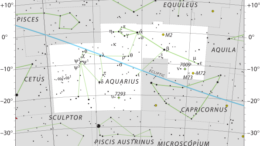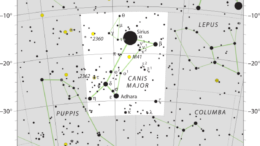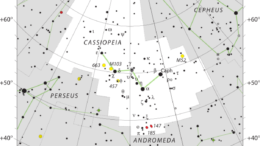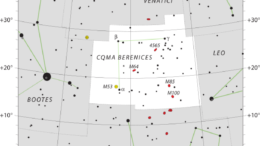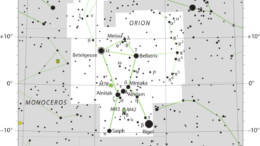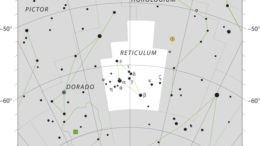Cygnus
Lying on the plane of the Milky Way, the constellation Cygnus derives its name from the Latinization of the Greek word for swan. Cygnus has become 1 of the most recognizable constellations because of its association with the Northern Cross asterism….

